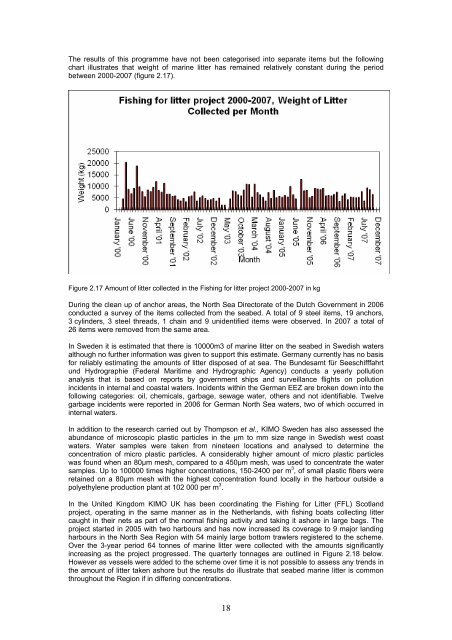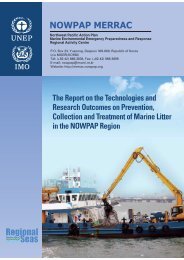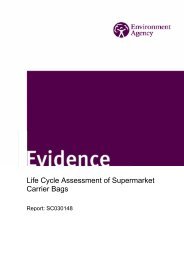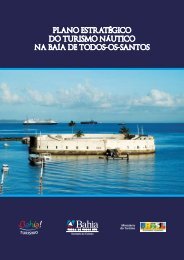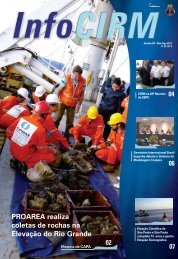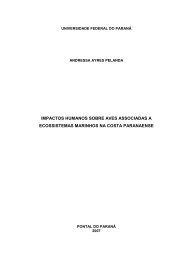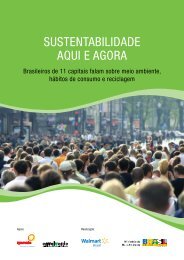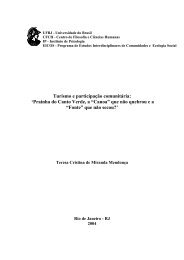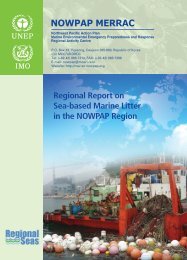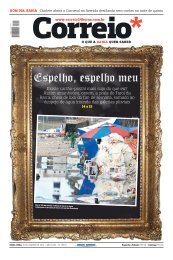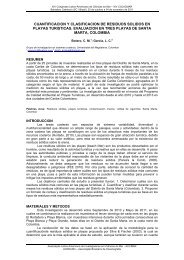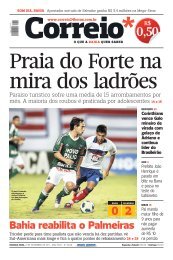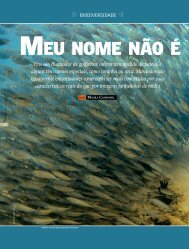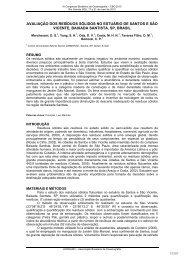view pdf - Seas At Risk
view pdf - Seas At Risk
view pdf - Seas At Risk
- No tags were found...
You also want an ePaper? Increase the reach of your titles
YUMPU automatically turns print PDFs into web optimized ePapers that Google loves.
The results of this programme have not been categorised into separate items but the followingchart illustrates that weight of marine litter has remained relatively constant during the periodbetween 2000-2007 (figure 2.17).Figure 2.17 Amount of litter collected in the Fishing for litter project 2000-2007 in kgDuring the clean up of anchor areas, the North Sea Directorate of the Dutch Government in 2006conducted a survey of the items collected from the seabed. A total of 9 steel items, 19 anchors,3 cylinders, 3 steel threads, 1 chain and 9 unidentified items were observed. In 2007 a total of26 items were removed from the same area.In Sweden it is estimated that there is 10000m3 of marine litter on the seabed in Swedish watersalthough no further information was given to support this estimate. Germany currently has no basisfor reliably estimating the amounts of litter disposed of at sea. The Bundesamt für Seeschifffahrtund Hydrographie (Federal Maritime and Hydrographic Agency) conducts a yearly pollutionanalysis that is based on reports by government ships and surveillance flights on pollutionincidents in internal and coastal waters. Incidents within the German EEZ are broken down into thefollowing categories: oil, chemicals, garbage, sewage water, others and not identifiable. Twelvegarbage incidents were reported in 2006 for German North Sea waters, two of which occurred ininternal waters.In addition to the research carried out by Thompson et al., KIMO Sweden has also assessed theabundance of microscopic plastic particles in the μm to mm size range in Swedish west coastwaters. Water samples were taken from nineteen locations and analysed to determine theconcentration of micro plastic particles. A considerably higher amount of micro plastic particleswas found when an 80µm mesh, compared to a 450µm mesh, was used to concentrate the watersamples. Up to 100000 times higher concentrations, 150-2400 per m 3 , of small plastic fibers wereretained on a 80µm mesh with the highest concentration found locally in the harbour outside apolyethylene production plant at 102 000 per m 3 .In the United Kingdom KIMO UK has been coordinating the Fishing for Litter (FFL) Scotlandproject, operating in the same manner as in the Netherlands, with fishing boats collecting littercaught in their nets as part of the normal fishing activity and taking it ashore in large bags. Theproject started in 2005 with two harbours and has now increased its coverage to 9 major landingharbours in the North Sea Region with 54 mainly large bottom trawlers registered to the scheme.Over the 3-year period 64 tonnes of marine litter were collected with the amounts significantlyincreasing as the project progressed. The quarterly tonnages are outlined in Figure 2.18 below.However as vessels were added to the scheme over time it is not possible to assess any trends inthe amount of litter taken ashore but the results do illustrate that seabed marine litter is commonthroughout the Region if in differing concentrations.18


